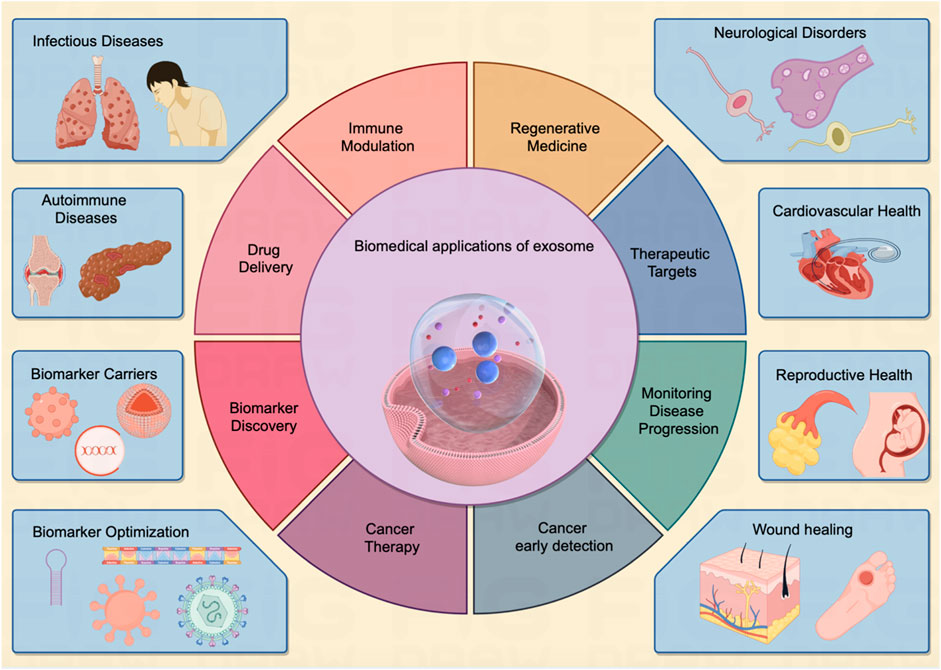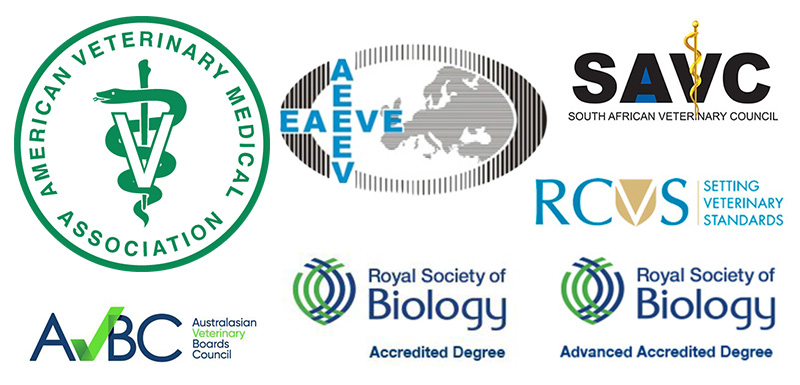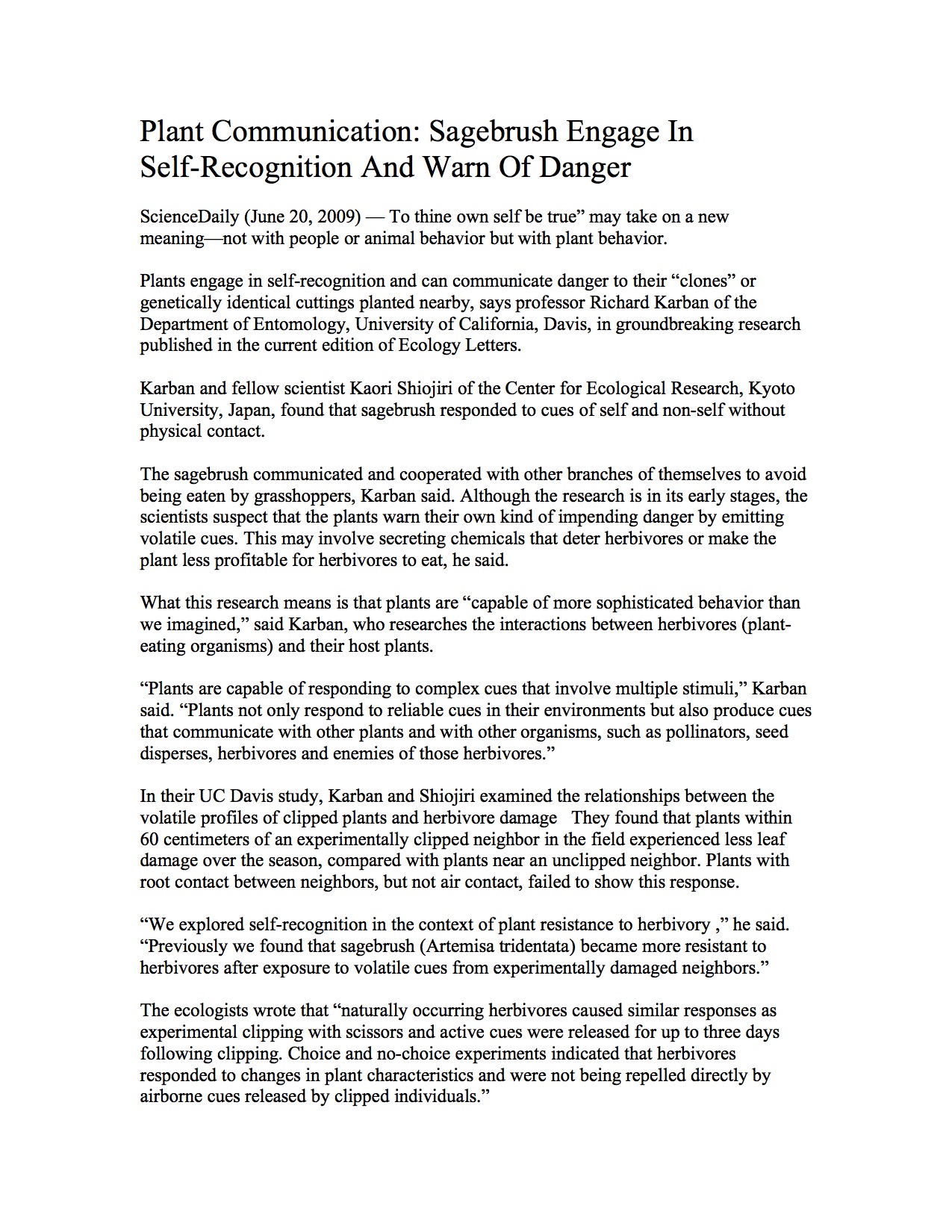
Report on Jessie J’s Breast Cancer Surgery and Its Alignment with Sustainable Development Goals (SDGs)
Introduction
Singer Jessie J, aged 37, has recently undergone surgery for early-stage breast cancer and is currently recuperating at home awaiting her test results. This report highlights her experience and emphasizes the relevance of the Sustainable Development Goals (SDGs) in the context of health, well-being, and social support.
Medical Treatment and Personal Experience
- Jessie J publicly disclosed her breast cancer diagnosis in early June, demonstrating transparency and solidarity with others facing similar health challenges.
- She underwent surgery following her performance at Capital’s Summertime Ball on 15 June at Wembley Stadium, London.
- During her hospital stay, she shared photos and videos on social media, including moments with her partner and son, as well as candid clips before and after surgery.
- Jessie J expressed gratitude towards her medical team, including doctors, surgeons, and nurses, acknowledging their critical role in her care.
Support and Encouragement
- The singer received widespread support from fans, colleagues, and industry figures, reinforcing the importance of community and mental health support.
- Messages of encouragement highlighted her resilience, with comments describing her as an “absolute warrior.”
- Jessie J emphasized the importance of sharing both positive and challenging aspects of her journey to foster openness and awareness.
Relevance to Sustainable Development Goals (SDGs)
Jessie J’s experience intersects with several key SDGs, notably:
- SDG 3: Good Health and Well-being
- Her early diagnosis and access to quality healthcare reflect progress towards ensuring healthy lives and promoting well-being for all ages.
- Her openness contributes to raising awareness about cancer prevention, early detection, and treatment options.
- SDG 5: Gender Equality
- By publicly sharing her breast cancer journey, Jessie J empowers women and highlights the importance of addressing women’s health issues.
- SDG 10: Reduced Inequalities
- Her advocacy and transparency help reduce stigma and promote equitable access to health information and services.
- SDG 17: Partnerships for the Goals
- The collaboration between healthcare professionals and community support networks exemplifies effective partnerships to improve health outcomes.
Conclusion
Jessie J’s public disclosure and treatment journey for breast cancer highlight the critical role of accessible healthcare, social support, and awareness in achieving the Sustainable Development Goals. Her experience serves as an inspiration and a call to action to continue advancing global health initiatives and gender equality.
1. Sustainable Development Goals (SDGs) Addressed or Connected
- SDG 3: Good Health and Well-being
- The article discusses breast cancer diagnosis, surgery, and treatment, directly relating to health and well-being.
- It highlights access to healthcare professionals such as doctors, surgeons, and nurses.
- It also touches on mental health and emotional support during illness.
- SDG 5: Gender Equality
- Breast cancer predominantly affects women, and the article highlights a female public figure sharing her experience, raising awareness about women’s health issues.
- SDG 10: Reduced Inequalities
- The article implies solidarity and support for people facing health challenges, promoting inclusivity and emotional support.
2. Specific Targets Under Those SDGs Identified
- SDG 3: Good Health and Well-being
- Target 3.4: By 2030, reduce by one third premature mortality from non-communicable diseases through prevention and treatment and promote mental health and well-being.
- Target 3.8: Achieve universal health coverage, including financial risk protection, access to quality essential health-care services, and access to safe, effective, quality, and affordable essential medicines and vaccines for all.
- SDG 5: Gender Equality
- Target 5.6: Ensure universal access to sexual and reproductive health and reproductive rights as agreed in accordance with the Programme of Action of the International Conference on Population and Development.
- SDG 10: Reduced Inequalities
- Target 10.2: Empower and promote the social, economic and political inclusion of all, irrespective of age, sex, disability, race, ethnicity, origin, religion or economic or other status.
3. Indicators Mentioned or Implied to Measure Progress
- For SDG 3 Targets:
- Indicator 3.4.1: Mortality rate attributed to cardiovascular disease, cancer, diabetes or chronic respiratory disease.
- Indicator 3.8.1: Coverage of essential health services (defined as the average coverage of essential services based on tracer interventions that include reproductive, maternal, newborn and child health, infectious diseases, non-communicable diseases and service capacity and access).
- Indicator 3.8.2: Proportion of population with large household expenditures on health as a share of total household expenditure or income.
- For SDG 5 Target:
- Indicator 5.6.1: Proportion of women aged 15-49 years who make their own informed decisions regarding sexual relations, contraceptive use and reproductive health care.
- For SDG 10 Target:
- Indicator 10.2.1: Proportion of people living below 50 per cent of median income, by age, sex and persons with disabilities.
4. Table of SDGs, Targets, and Indicators
| SDGs | Targets | Indicators |
|---|---|---|
| SDG 3: Good Health and Well-being |
|
|
| SDG 5: Gender Equality |
|
|
| SDG 10: Reduced Inequalities |
|
|
Source: bbc.com







